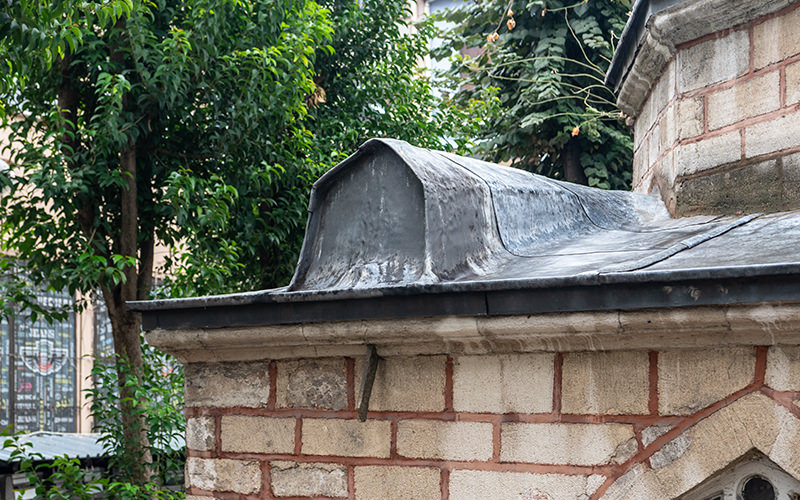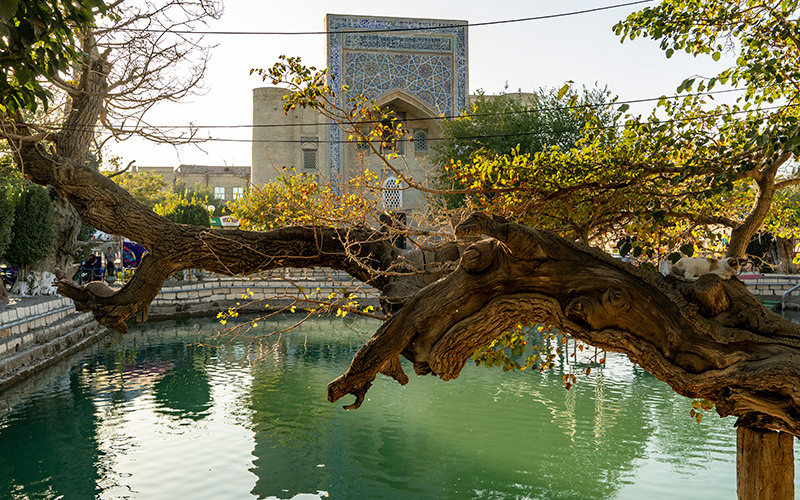During my flight from Tashkent to Seoul, I had a long 13-hour layover in Beijing. I decided to try to get from the airport to the city and see some interesting places. First of all, I wanted to visit the Forbidden City, but on the day of my trip it was closed, so I had to choose another attraction — the Summer Palace complex.
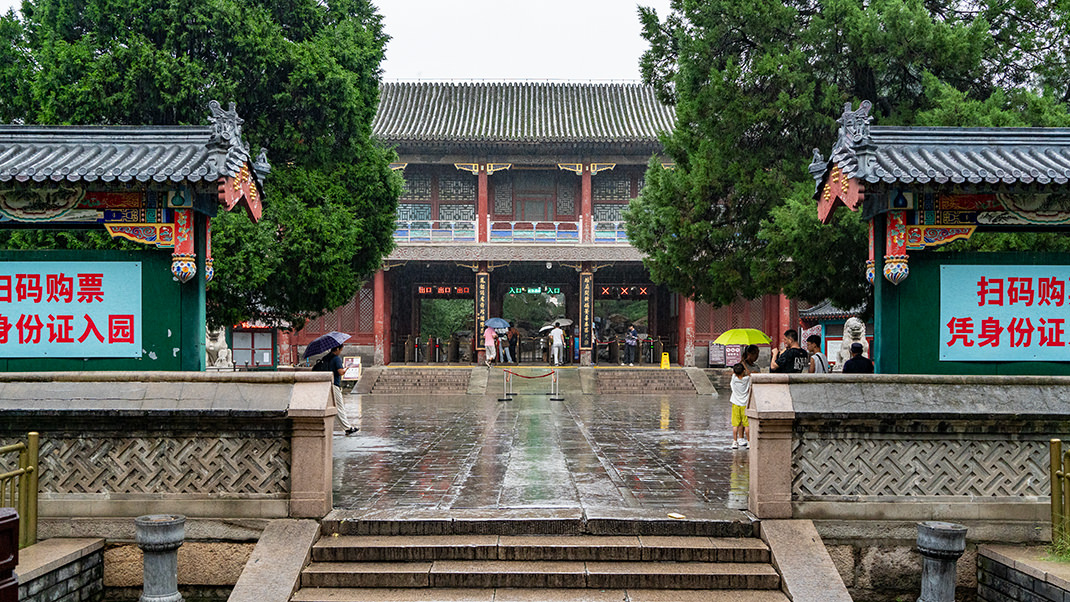
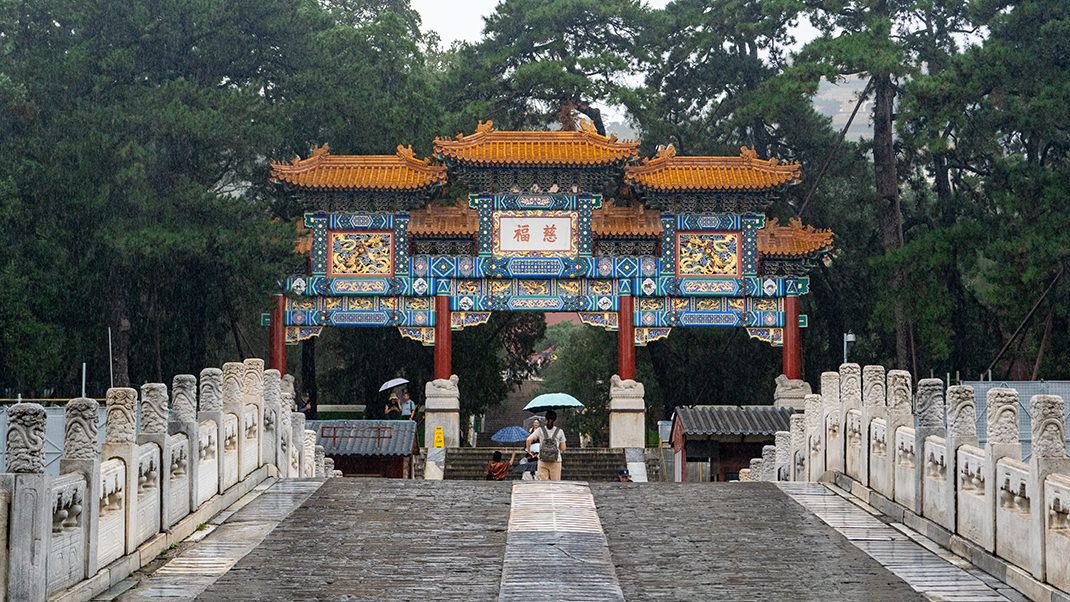
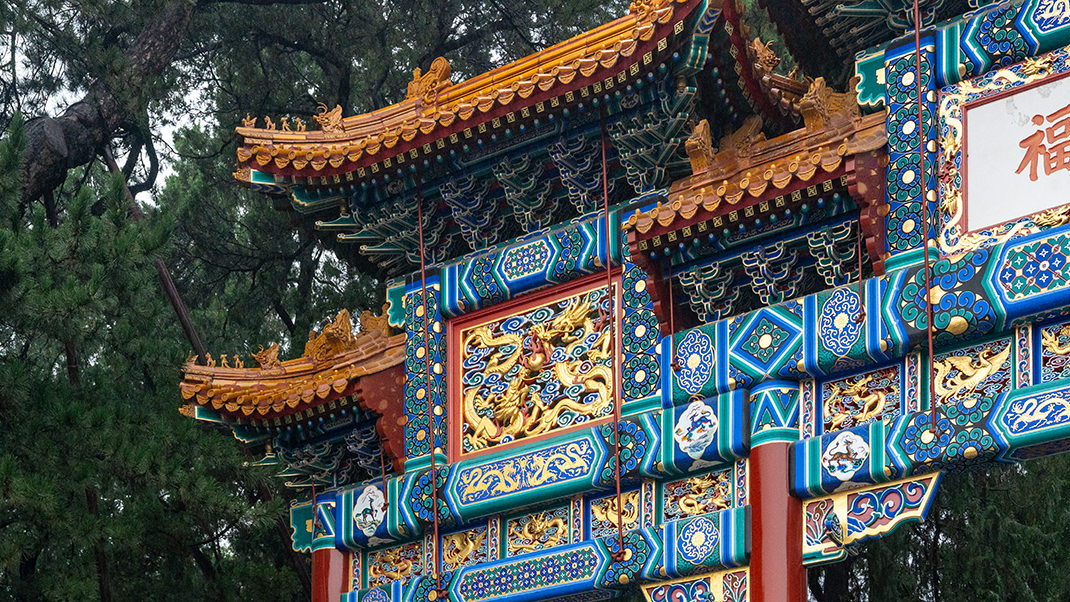
Beijing Summer Palace: History
In the past, the Golden Hill Palace was located on the site of today’s Summer Palace. Over time, it was decided to transform the residence into a garden and park complex. The hill on which the palace stood began to be called Jar Hill, as a vessel with treasures was discovered there.
The construction of the Summer Palace began in 1750 and lasted for 14 years. The patron of the project was Emperor Qianlong of the Qing dynasty. The first name of this residence was the Garden of Clear Ripples.
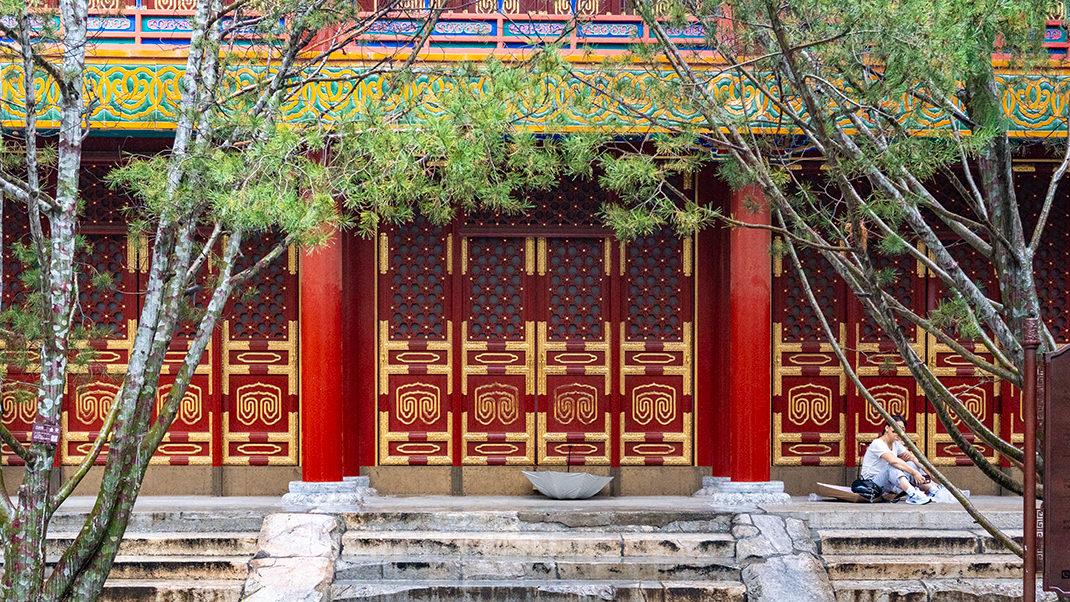
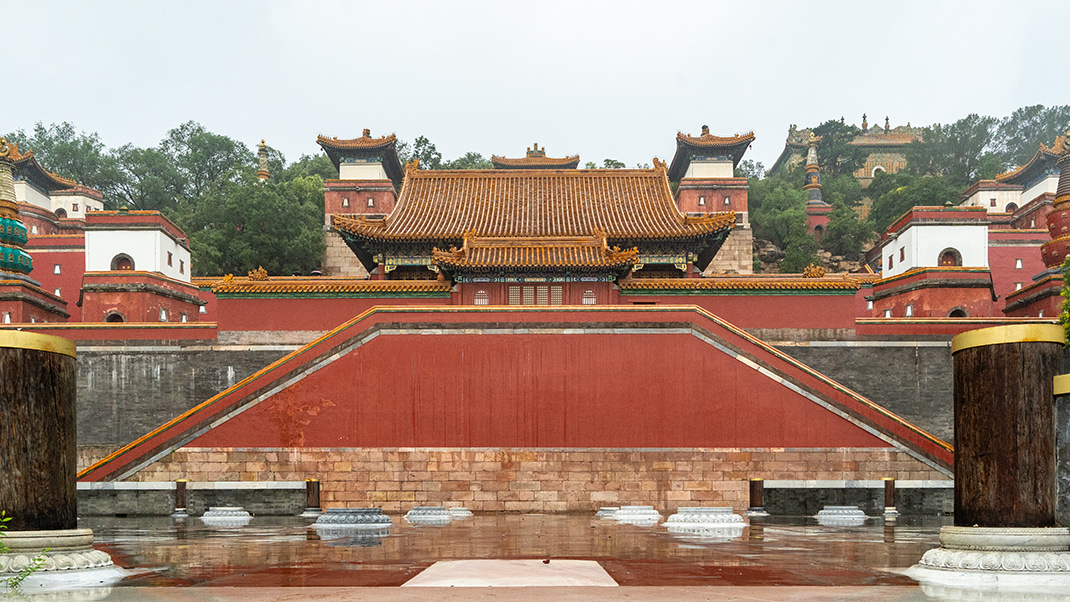
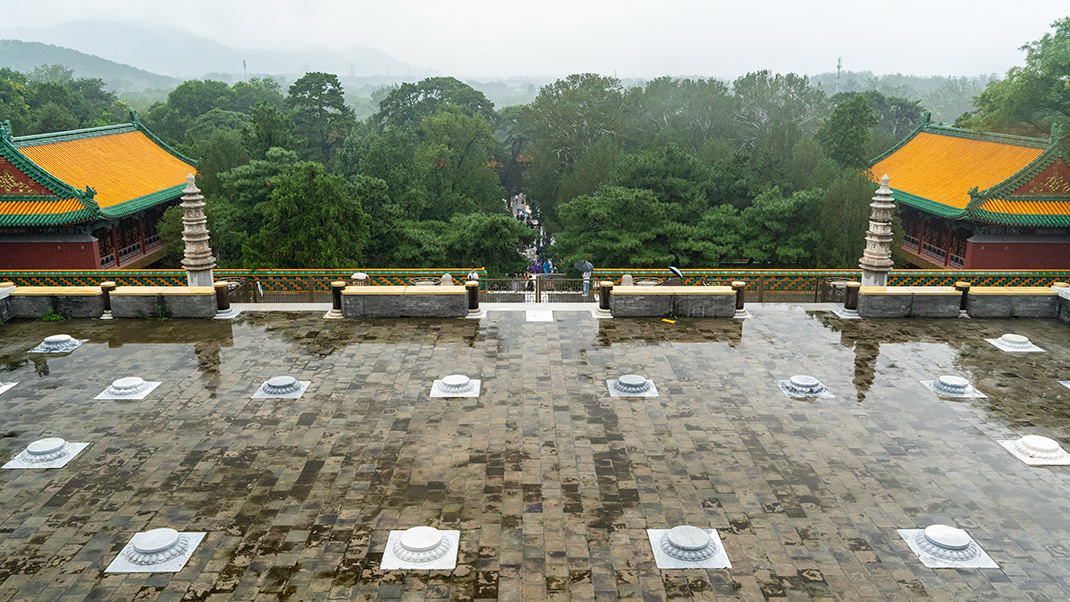
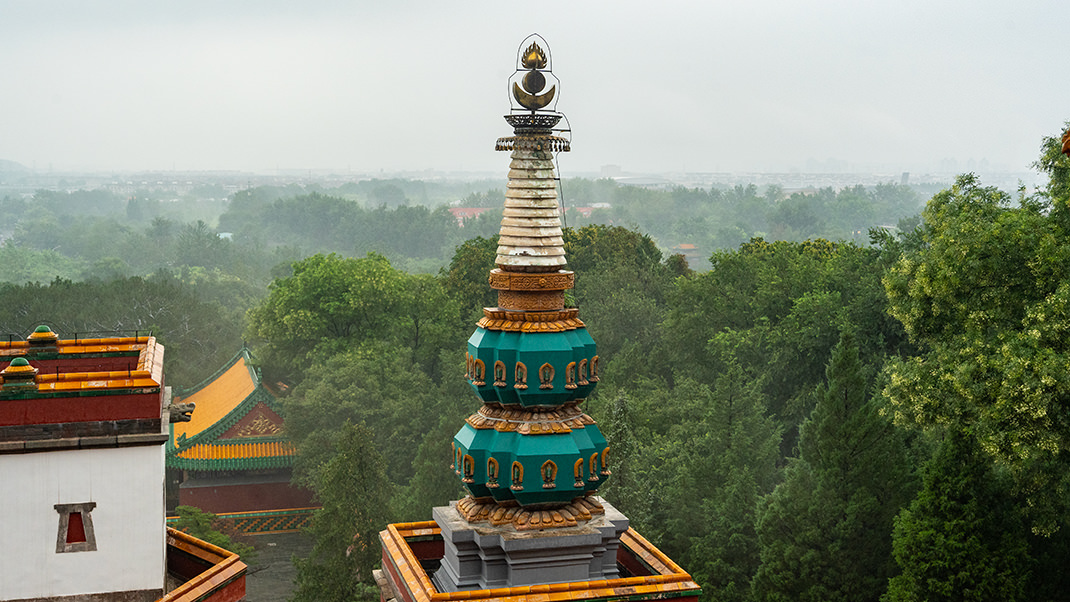
The Summer Palace was destroyed twice, and both times Empress Dowager Cixi oversaw its restoration. For many Chinese, the Summer Palace became a symbol of resistance to foreign barbarism.
The vast park was opened to visitors in 1911. At the end of the last century, this landmark was inscribed on the UNESCO World Heritage List.
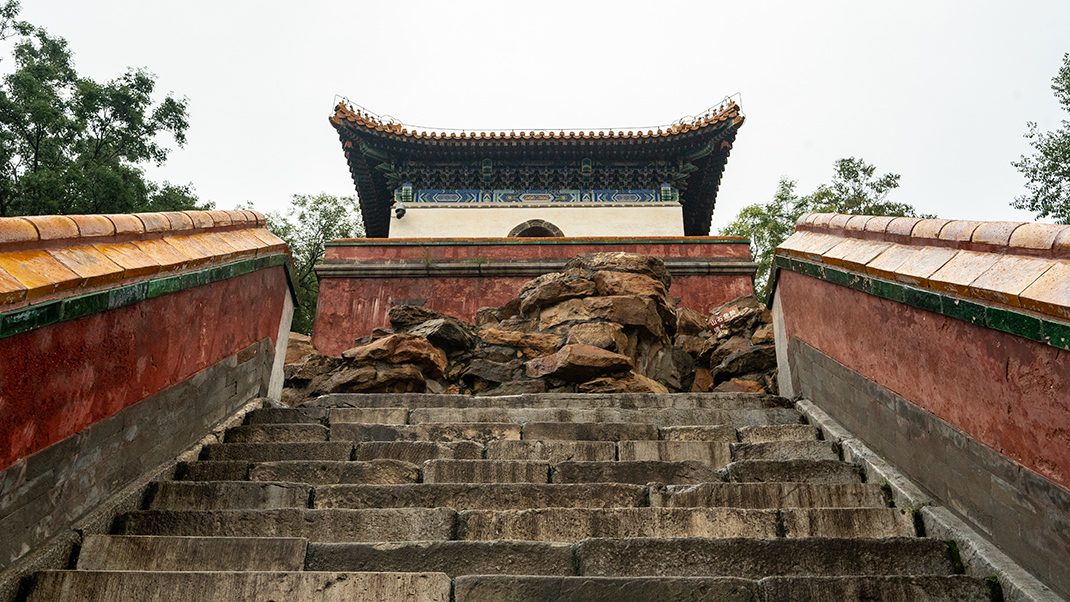
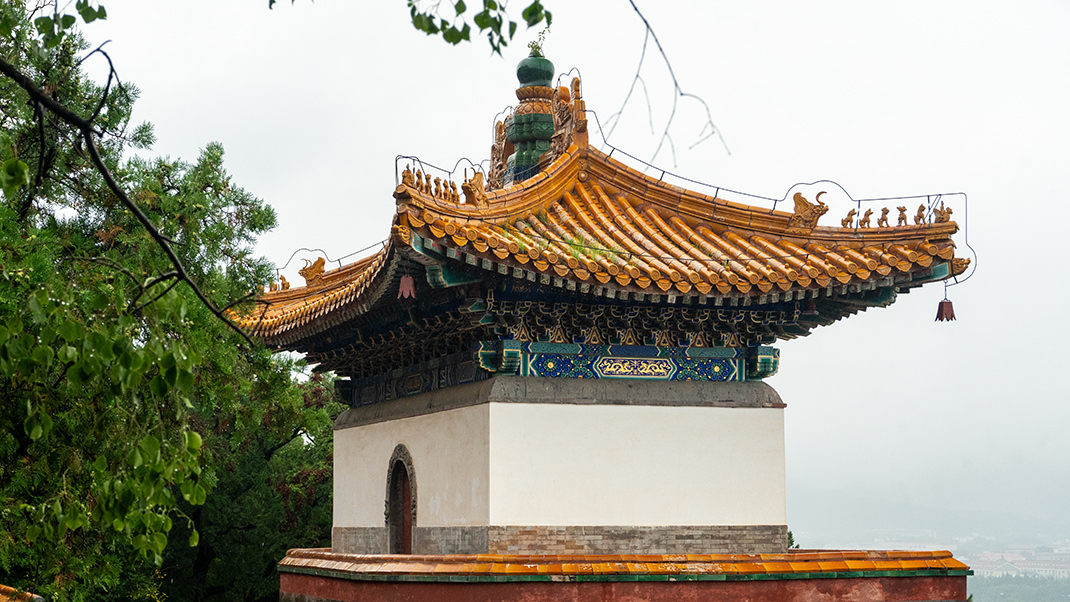
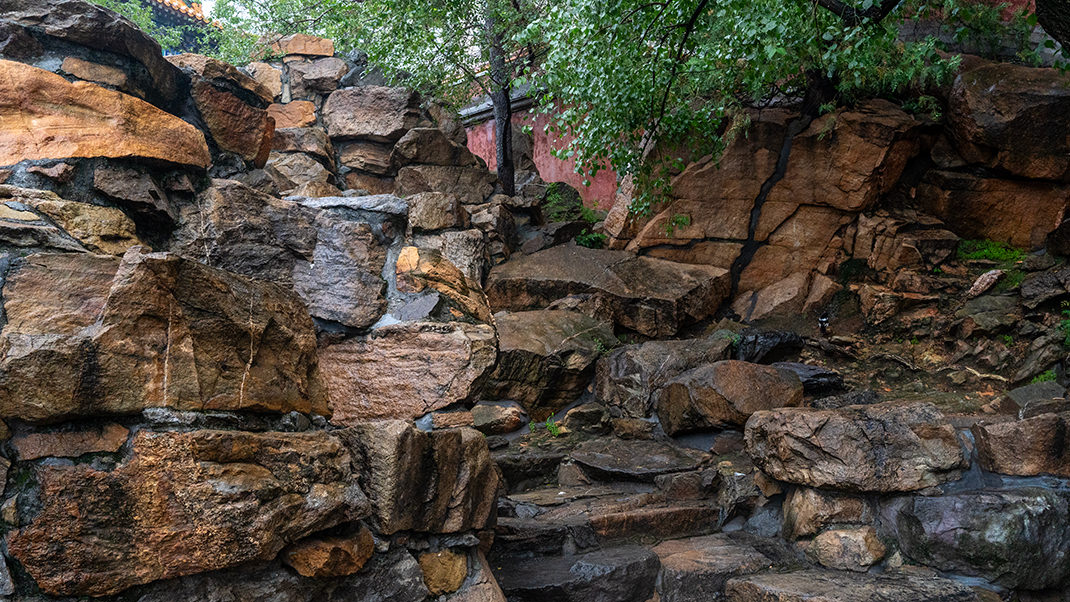
Walking through the complex
Three-quarters of the Summer Palace territory is occupied by lakes and canals, while numerous buildings and pavilions are scattered throughout the rest of the walking area. I began my walk from the northern side of the park. Those who want to repeat this route should keep in mind that the first part of the path goes through many stairs and uphill climbs.
In the northern part of the complex, there are structures with rather unusual names for foreigners: here, for example, you can find the Temple of the Sea of Wisdom, the Pavilion of Precious Clouds, and the Hall of the Four Great Continents.
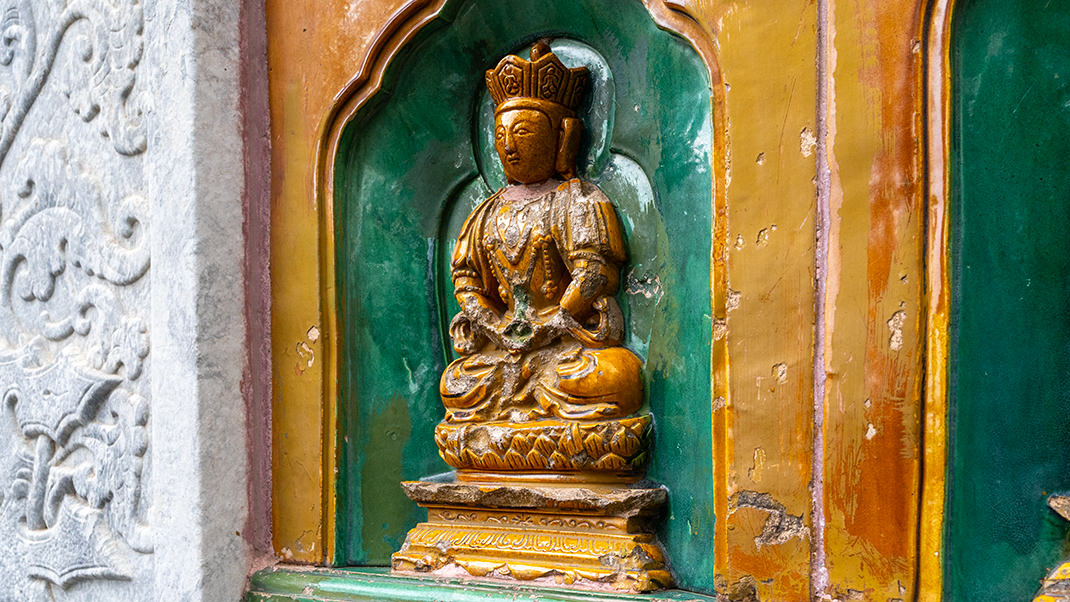
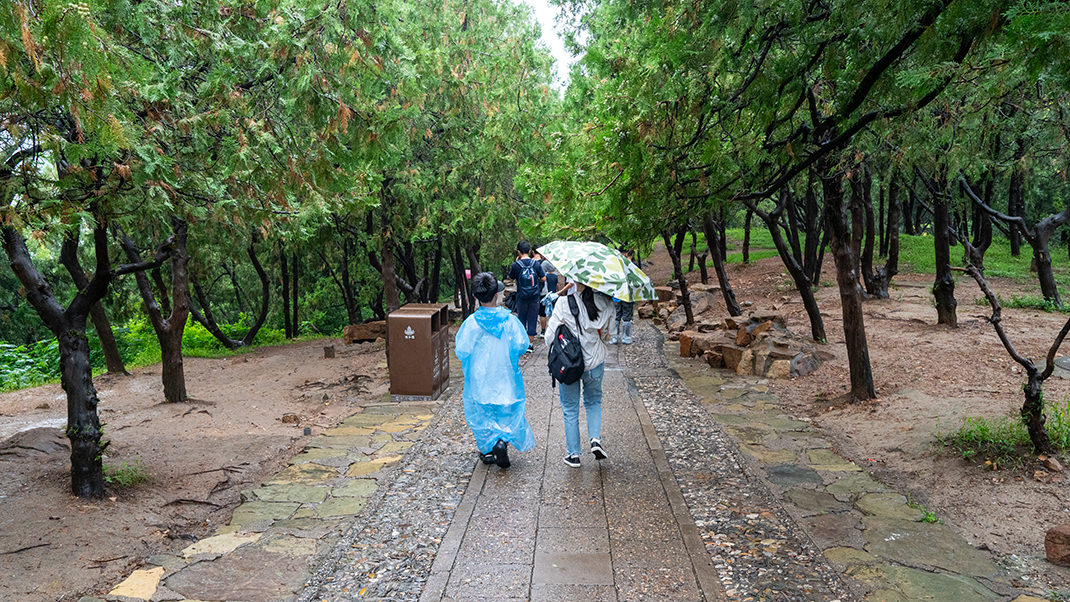
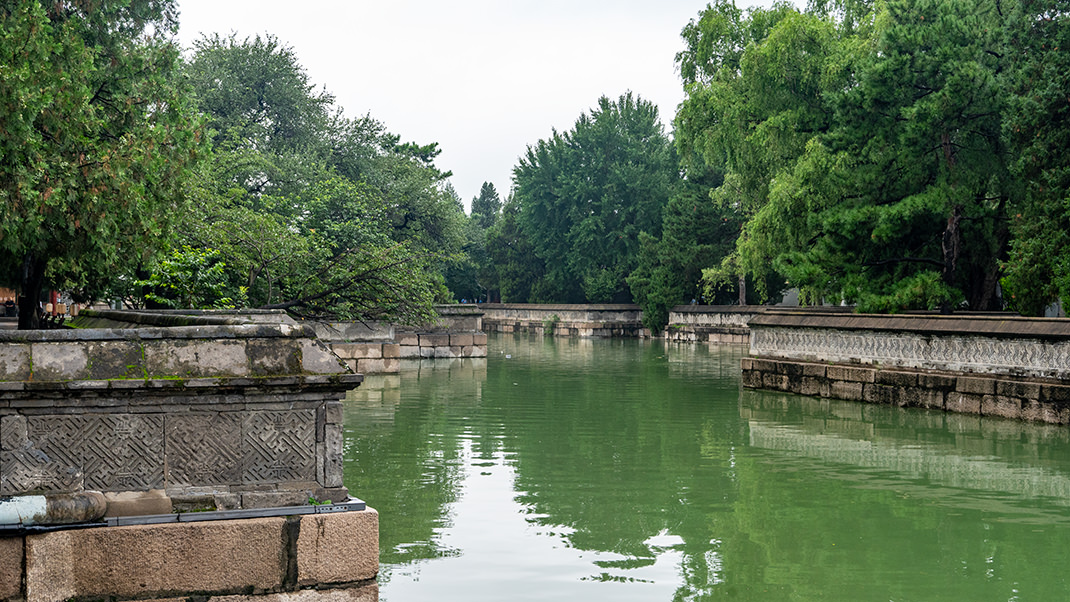
One of the landmarks I wanted to see in the park was the Marble Boat, located on the southern side of the hill. The attraction appeared in 1755, and later the structure was rebuilt. Another name for this site is the Boat of Purity and Ease.
To the east of the boat lies the Long Corridor (Changlang Gallery), which is 728 meters long. The structure is an extended covered walkway. On its 273 sections, you can see more than 14,000 paintings. According to Wikipedia, the gallery is listed in the Guinness World Records as the longest covered wooden corridor in the world.
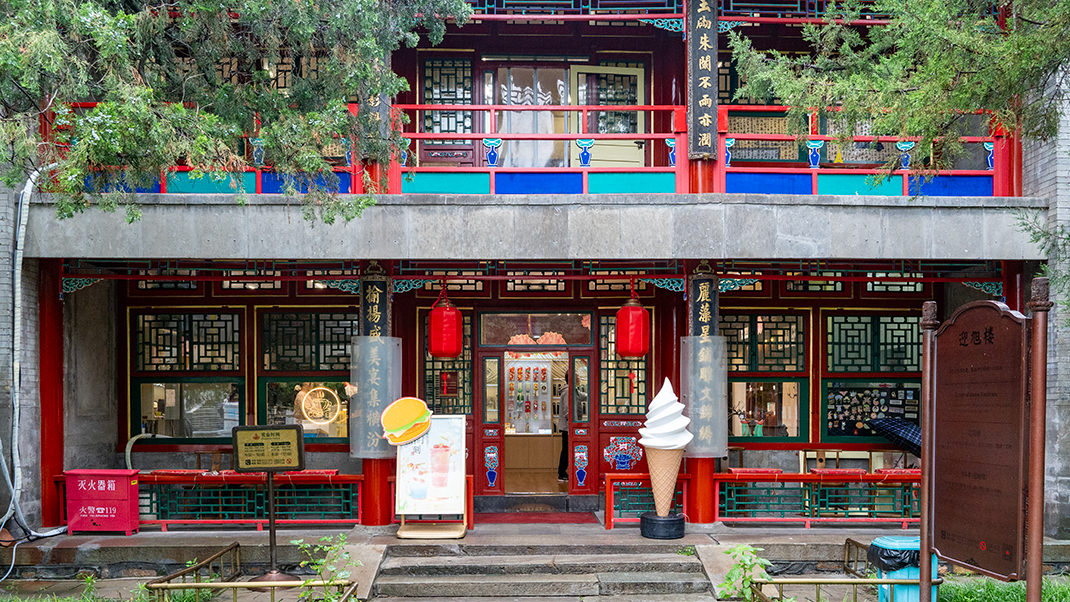
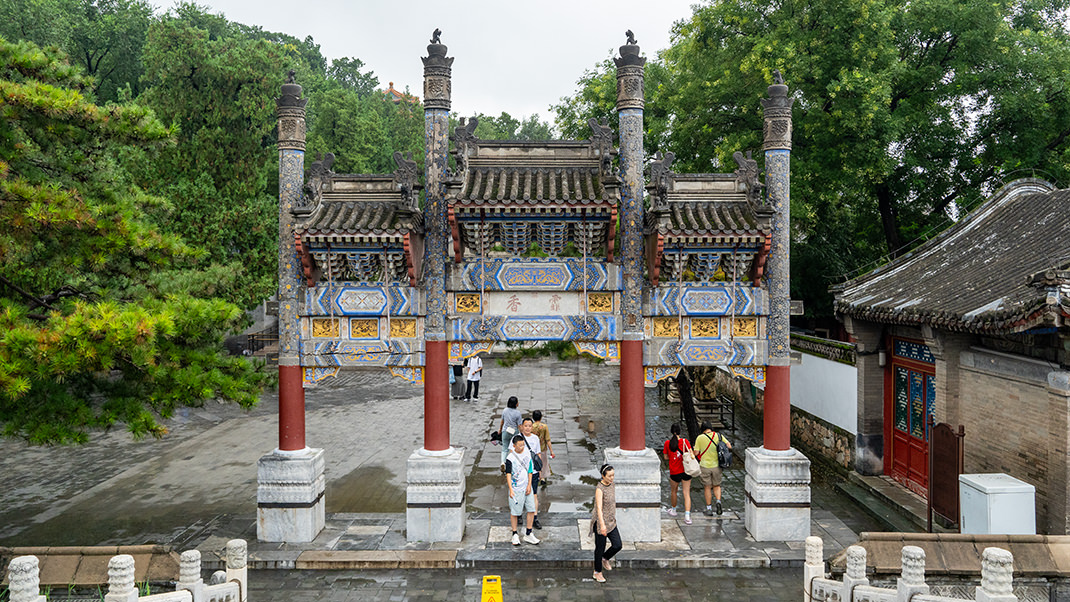

When buying tickets here, visitors can choose a basic option with entry only to the territory or pay for an extended version that includes access to the park’s pavilions. I didn’t have much time here, but still decided to take a look at some of the paid locations within the complex. In the next article I will tell you about them and how to get here.
Have a nice trip!


